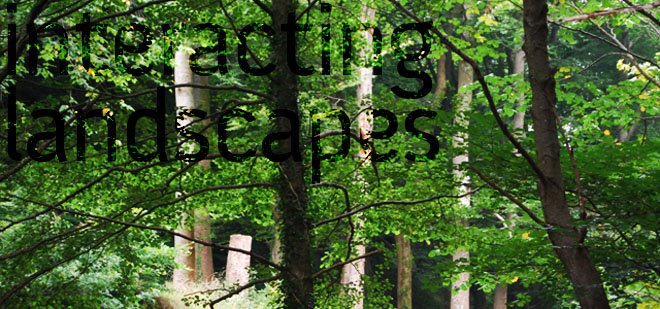I have always been interested in sustainable design and decided to try to read up a bit more about the subject. I come across a book called 'Residential Landscape Sustainability - a checklist tool' by Carl Smith, Andy Clayden and Nigel Dunnett. As in the title it talks mainly about residential design, but the principles can be applied across different projects.
The issue with hard materials and landscape architecture is obviously a main concern when talking about sustainability. It is hard to be sustainable with hard landscaping material. Both if you combine sustainable methods with local materials this can be done. When choosing your material you should look at the embedded energy a material has, the process where it is made, the transport length and the life length and the maintenance of the material. For an example timber has low embedded energy, is a renewable material and is grown properly a very good hard material with a lot longer lifespan than clay and brick. The issue with timber is that only a small part of timber production can be described as sustainable. With a large part causing large scale clear felling, the introduction of fast-growing mono culture and removal of mixed old-growth forests.
To be sustainable timber production must consider the preservation of biological resources of the forest, conserve and manage watershed and soils, recognise people's rights and be economically viable. As designers we need to make sure that the wood we use have been produced in these processes. FSC is an international, independent, nongovernmental orrgnaistation which provides certification to forest owners who require authenticity for their timber production. This common knowledge to most people.
I also come across a few points that I hadn't considered before when I was reading the book. The book suggests using crushed waste from a site to provide hardcore for a new project. Which is reusing material already on site and reduces impacts of removing waste from site. I dound this simple and interesting. Other more obvious things are to make sure that if you use concrete, reduce the transport of the concrete and make sure that recycled aggregates are used in the process.
It also talks about simple solutions, like green roofs, brown and grey waste water collection, trees and their positioning to help energy efficiency of buildings, suds and much more. I can recommend reading the book. I will definitely get a copy to keep and use when I am thinking about materials I use in my projects.
The TCPA- the town and country planning association have a lot of interesting publications all download able on their website. The Climate change design by adaption is a good document. One of the most interesting points in there are talking about vernacular design. Which is a design that suits local climates and is a reflection of the customs and surrounding natural landscapes. Since a vernacular design has evolved to suit local conditions in place it is not entirely transferable to other places. But it provides a useful look at how other places and cultures have evolved to deal with the challenges of the current climate. And design in the UK can definitely benefit from this.
The document also talks about the adaptations that we are going to have start to design for immediately and not just in the future. It is good just to remind you what we always need to keep in the back of minds when designing and looking at new places.
Friday, May 9
Subscribe to:
Post Comments (Atom)


















No comments:
Post a Comment